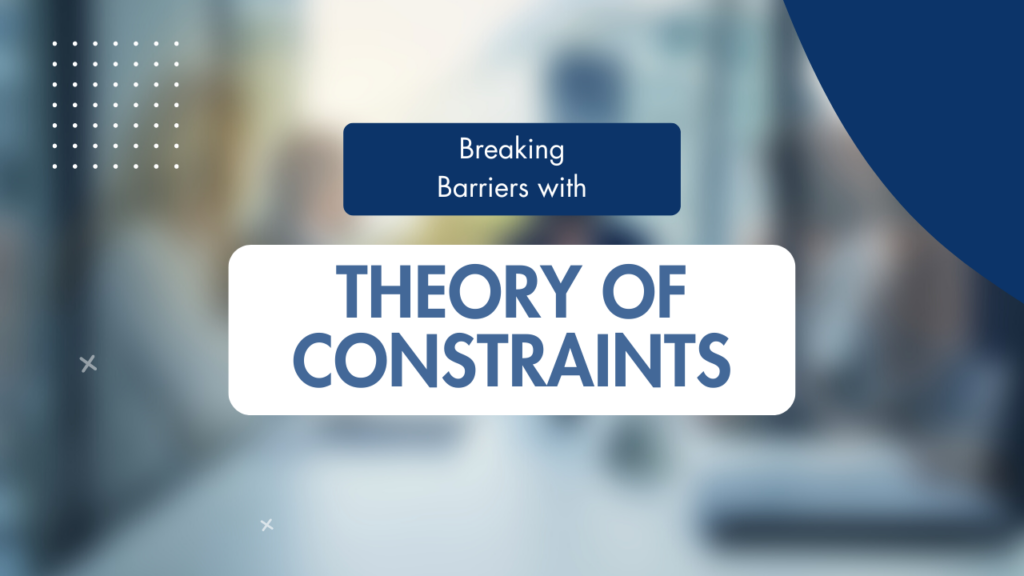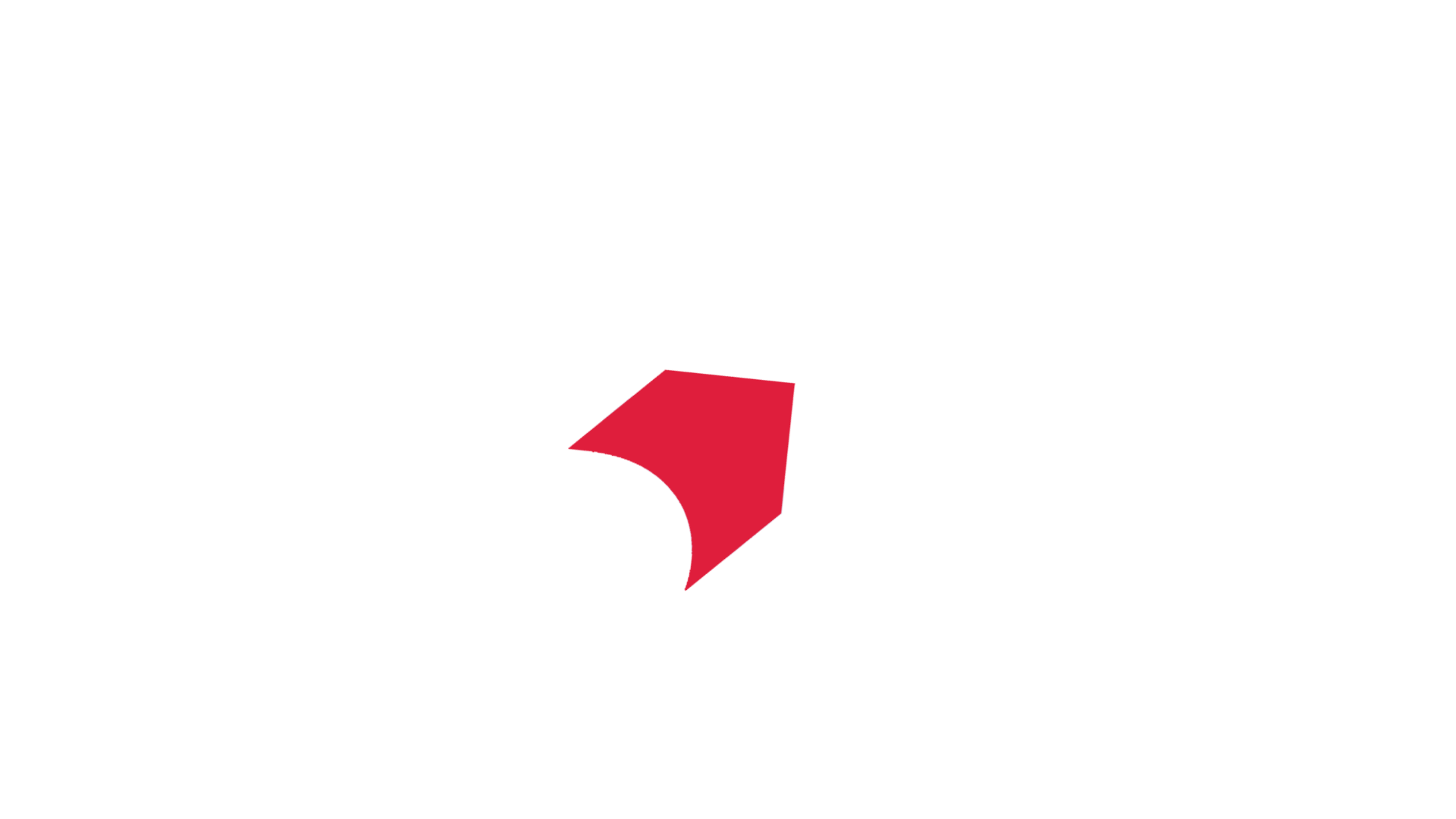
The TOC framework follows a systematic process:
Identify the Constraint: Pinpoint the most critical bottleneck.
Exploit the Constraint: Maximize the constraint’s efficiency using existing resources.
Subordinate Everything Else: Align all other processes to support the constraint.
Elevate the Constraint: Invest in measures to eliminate the constraint.
Prevent Inertia: Continuously review and address new bottlenecks as they arise.
- When applied to employee performance management, TOC provides a structured way to uncover barriers to productivity and implement targeted interventions.
Identifying Employee Performance Bottlenecks
In the context of employee performance, constraints manifest in various ways, such as:
Skill Gaps:
Employees lack the necessary skills to perform tasks efficiently.
Overloaded Workflows:
Employees bogged down by excessive workloads or unclear responsibilities.
Inefficient Processes:
Time-consuming procedures that reduce productivity.
Inadequate Resources:
Insufficient tools, technology, or support.
Communication Breakdowns:
Misaligned goals and poor collaboration among teams.
For example, in a retail store, a bottleneck could occur at the checkout counter due to slow processing times. Identifying such constraints requires thorough observation, employee feedback, and data analysis. Key Performance Indicators (KPIs) like task completion rates, time spent on activities, and customer wait times can help pinpoint areas of inefficiency.
Exploiting the Constraint
Once the bottleneck is identified, the next step is to exploit it by ensuring it operates at maximum capacity without additional investments. This involves prioritizing the constraint and removing any distractions or inefficiencies around it.
Consider the retail checkout example. Exploiting the constraint might involve:
Training cashiers to handle transactions more efficiently.
Implementing streamlined procedures for price checks and returns.
Assigning support staff to assist during peak hours.
The focus is on making the most of existing resources while ensuring the bottleneck does not hold back the entire system.
Subordinating Everything Else
After optimizing the constraint, all other processes must align to support it. This ensures that non-critical tasks do not divert attention or resources away from the constraint.
In the retail scenario, subordinate processes might include:
Adjusting inventory replenishment schedules to avoid stockouts at the checkout.
Streamlining customer inquiries to reduce interruptions at the counter
Enhancing staff allocation to minimize idle time in other areas of the store.
Subordination ensures that the entire system works cohesively to maximize throughput at the constraint.
Elevating the Constraint
If the constraint remains a bottleneck despite optimization, it is time to elevate it. This often requires investment in additional resources, technology, or process changes.
- Introducing self-checkout kiosks to handle peak-hour traffic.
- Hiring additional staff or extending shifts during busy periods.
- Upgrading point-of-sale (POS) systems for faster transaction processing.
- Elevation removes the bottleneck, allowing the organization to achieve higher levels of performance.
Preventing Inertia
OC emphasizes continuous improvement. Once a constraint is addressed, another will inevitably emerge. The key is to prevent inertia by regularly reviewing processes and KPIs to identify and address new bottlenecks.
In the retail example, eliminating the checkout bottleneck might shift the constraint to inventory management. Monitoring metrics like stock accuracy and replenishment speed ensures that new constraints are swiftly identified and tackled.
Benefits of Applying TOC to Employee Performance
Implementing TOC in employee performance management yields several advantages:
Improved Productivity:
- By addressing bottlenecks, employees can perform tasks more efficiently, leading to higher overall throughput.
- Enhanced Employee Satisfaction: Removing barriers enables employees to work effectively, reducing frustration and burnout.
- Better Resource Allocation: TOC ensures that resources are directed toward critical areas, minimizing waste.
- Increased Customer Satisfaction: Faster processes and better service quality improve the customer experience, driving loyalty and revenue growth.
- Sustainable Growth: Continuous improvement fosters adaptability, enabling the organization to thrive in a dynamic environment.
Case Study:
TOC in Action
A mid-sized retail chain faced persistent delays in order fulfillment due to limited warehouse capacity. By applying TOC, the organization achieved the following:
Identified the Constraint: Warehouse order picking was the bottleneck, with staff struggling to keep up with demand during peak seasons.
Exploited the Constraint: The company optimized picking routes and introduced priority picking for high-demand items.
Subordinated Other Processes: Inventory restocking schedules were adjusted to ensure availability at the picking stations.
Elevated the Constraint: Additional picking staff were hired, and new picking equipment was procured.
Prevented Inertia: Monthly reviews identified new constraints, such as packaging delays, which were subsequently addressed.
As a result, order fulfillment times improved by 40%, employee satisfaction increased, and customer complaints dropped significantly.
Conclusion
The Theory of Constraints offers a practical, systematic approach to identifying and overcoming employee performance bottlenecks. By focusing on the weakest link and aligning processes to support it, organizations can unlock their employees' full potential and achieve sustained performance improvements. In industries like retail, where efficiency and responsiveness are paramount, TOC serves as a powerful tool to drive growth and success.
Adopting this methodology ensures that constraints are not just obstacles but opportunities for continuous improvement and innovation. Call or mail me at

